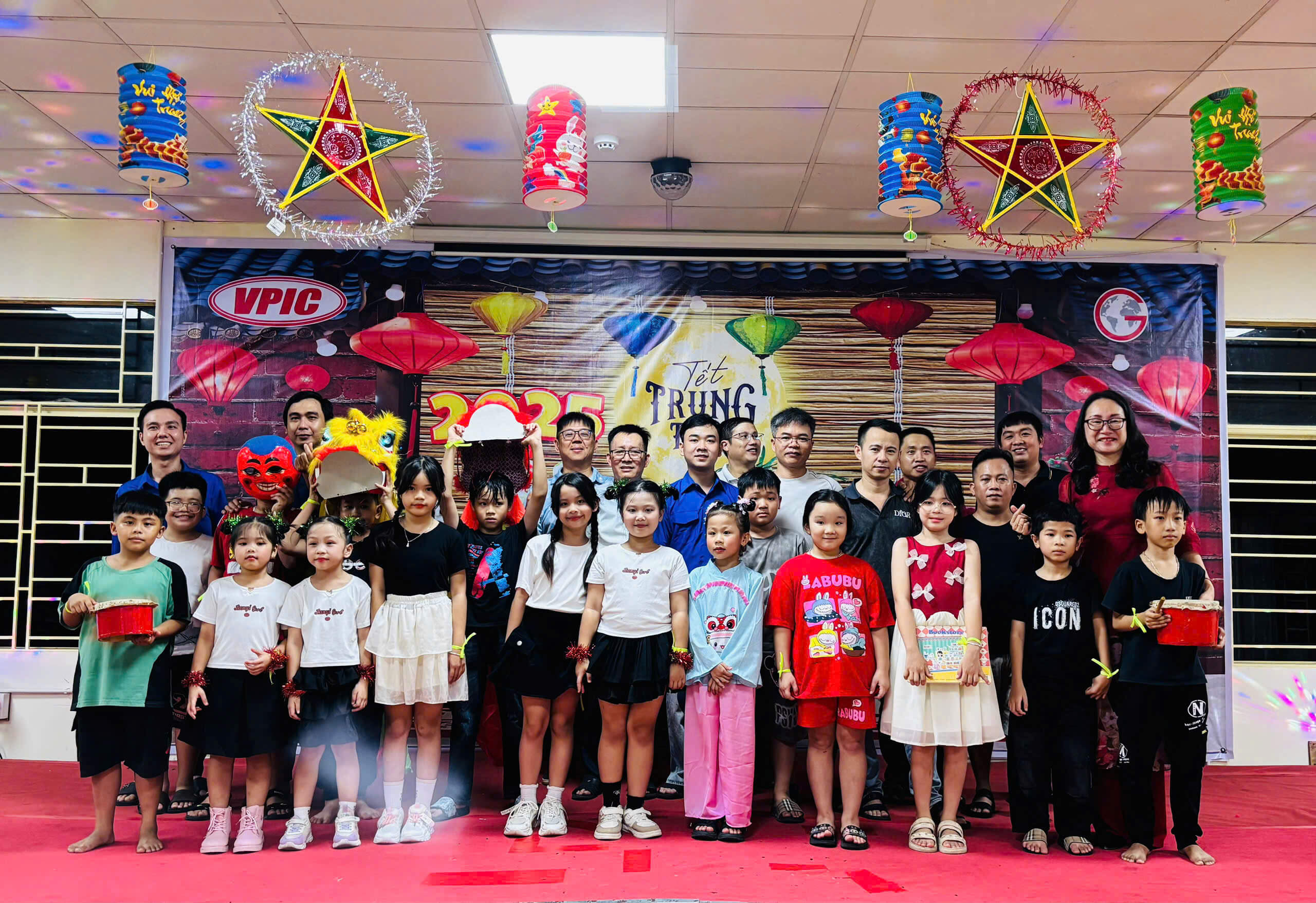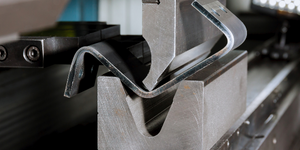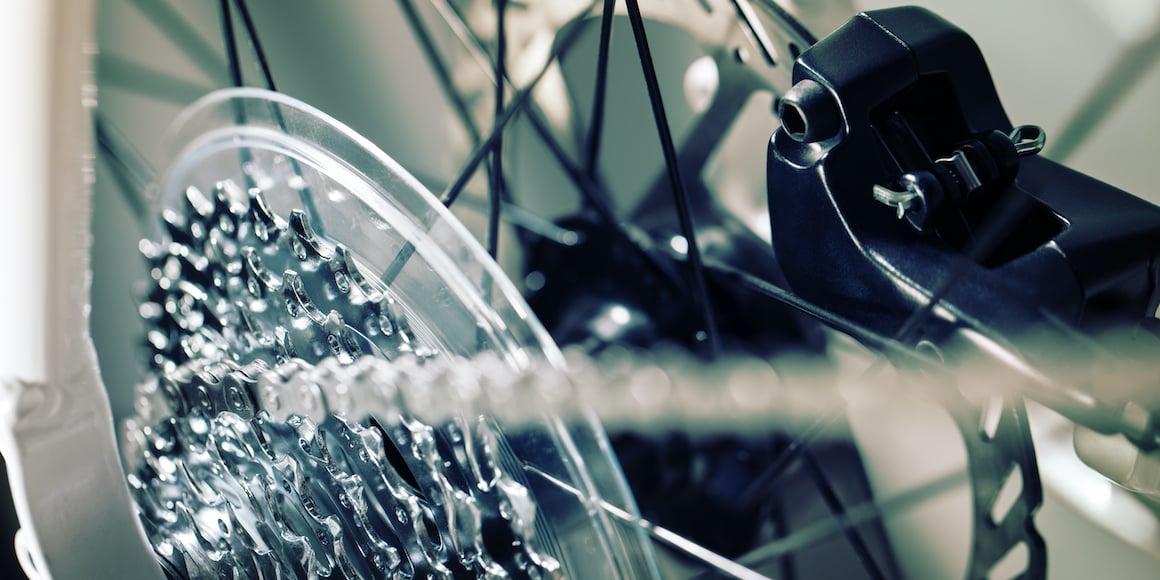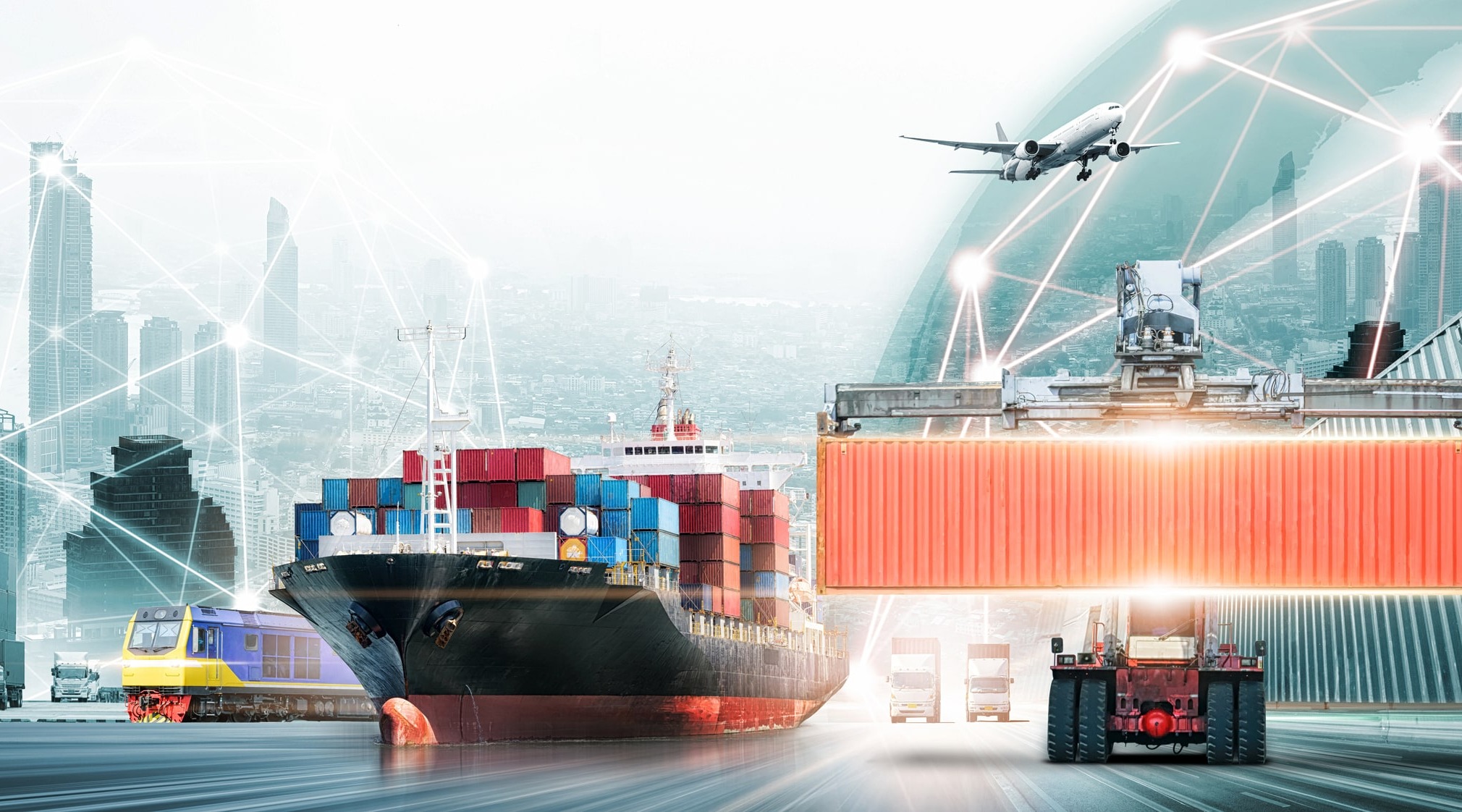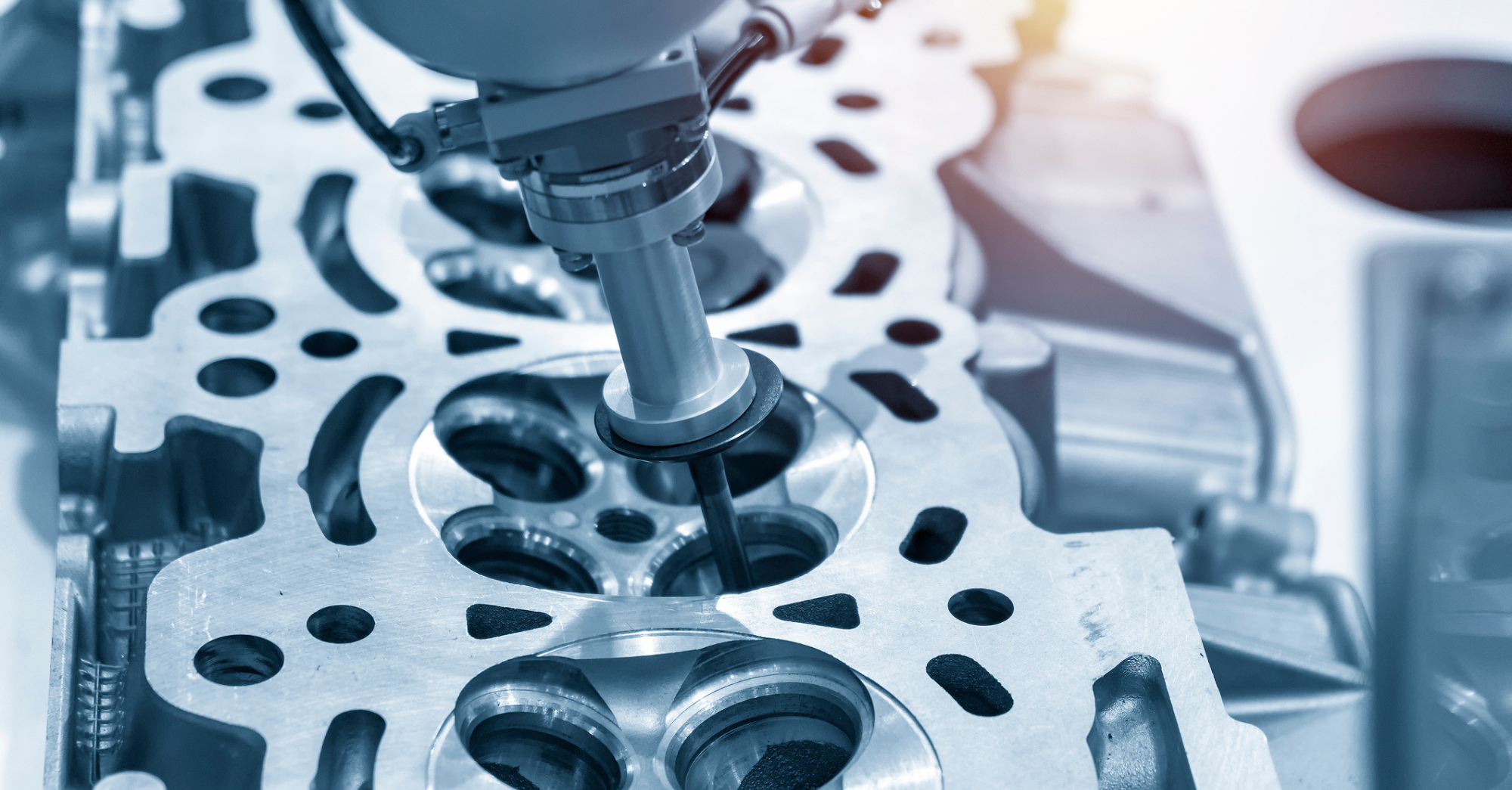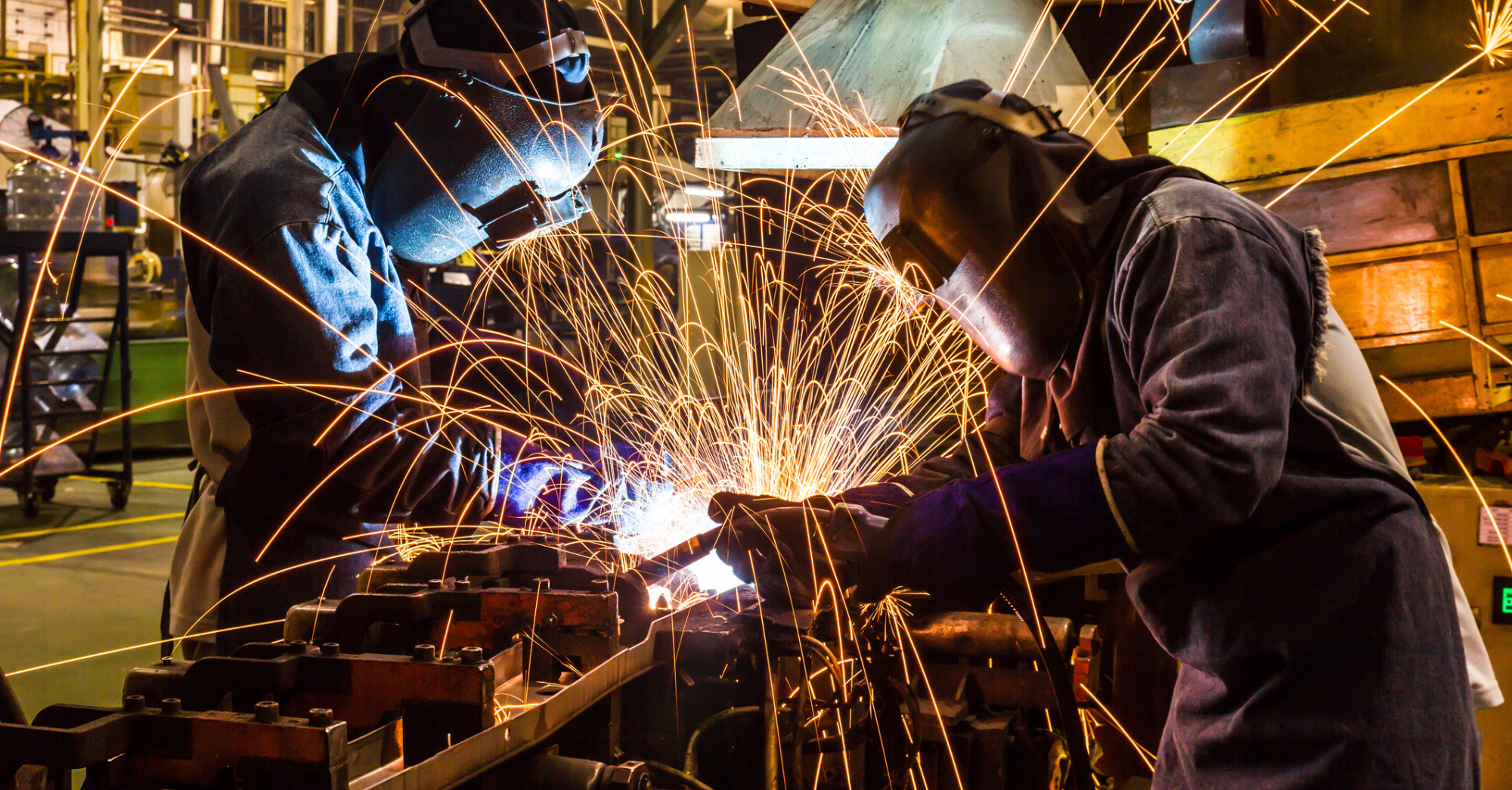On the occasion of the Mid-Autumn Festival, the Dormitory Management Board, in collaboration with the Youth Union, organized a special program for the children of VPIC–GPMI employees: the Mid-Autumn Festival Night. The event created truly memorable moments, filled with joy and laughter.
Read
Vietnam Precision Industrial Joint Stock Company
Address: Lot VIII-1, Honai Industrial Zone, Trangbom District, Dongnai Province, 810000 Vietnam.
Telephone: +84-251.3984.708
Address: Lot VIII-1, Honai Industrial Zone, Trangbom District, Dongnai Province, 810000 Vietnam.
Telephone: +84-251.3984.708

